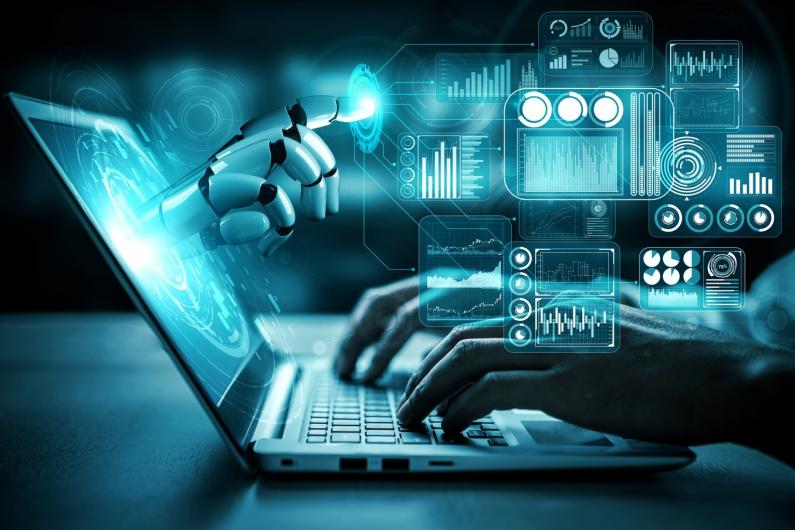
Artificial intelligence (AI) has developed rapidly in recent years and is now a very useful tool for translating a wide variety of content in the shortest possible time and at a low cost. However, despite the many advantages, automatic AI text translators have some limitations that need to be mentioned.
AI and translation: where do we stand?
AI, which emerged in the 1950s, has developed exponentially over the last ten years. Through the development of algorithms and the utilisation of large amounts of big data, this process aims to imitate human intelligence.
The market for AI is growing steadily and is taking many industries by storm, and the translation industry is no exception. The market for machine translation is estimated to be worth US$ 716.05 million in 2024 and is expected to grow to US$ 927.01 million by 2029 (source: mordorintelligence.com).
AI translators: advantages, and limitations
One of the most significant advantages of using AI text translators is the processing of large volumes of text in record time. In fact, the most powerful intelligent translation systems can translate up to 40,000 words per minute (source: omniscien.com). Often available for free or at low cost, AI text translators offer a very cost-effective solution.
Despite its undeniable advantages, the use of AI for translation has many limitations:
Translations of random quality
Today's increasingly powerful AI tools are able to correct themselves and learn from their mistakes, enabling them to produce ever higher quality content. However, the quality of translations produced by AI does not yet match that of a human translator. AI tools sometimes produce literal translations, overlooking linguistic subtleties. This can make reading tedious and not fluent.
In addition, machine translation programs sometimes miss significant syntactic errors or linguistic clumsiness. The quality becomes even worse when the AI attempts to translate content into rare languages for which it only has a small volume of data.
Cultural nuances are not always considered
Thanks to natural language processing (NLP) and deep learning technologies, AI translators have made significant progress in considering the context of the content to be translated.
However, AI-generated translations are not always able to adapt the text to the target audience and cultural norms that apply in the country into which it is being translated. The original intention, writing style, cultural nuances and local customs are often disregarded by AI tools. However, these elements are essential if you need translations that respect the local culture and remain faithful to the source text.
In this respect, intelligent translation tools cannot yet match the expertise, sensitivity, and creativity of human translators.
Important restrictions for specialised sectors
The limits of AI-driven translation software are particularly noticeable in highly specialised translations that involve major challenges (e.g., medical, legal, or financial content). In the legal field, for example, the translation must be totally accurate and must sometimes consider the regulations applicable in the target country.
When translating a contractual document, a notarised deed, or even a civil status certificate, the slightest error can jeopardise the validity of the translated document and can also lead to misunderstandings or even disputes between the parties involved.
Moreover, in order to be valid before foreign authorities, this type of document very often requires the intervention of an official translator, who must translate and certify the translation to prove its legal value.
→ At Alphatrad, thanks to our network throughout Europe, we offer certified translation services that include all legalisation and apostille procedures if required.
Future prospects in the field of AI translation
Given the inherent limitations of AI translators, human intervention is still needed during the translation process to ensure a high-quality, truthful result that considers the cultural dimension in its entirety, and that is directly usable.
It is clear that players in the translation market must learn to work with AI to remain competitive and keep pace with advancing technological developments.
In this respect, neural translation with post-editing is an interesting alternative that combines the best of AI translators and humans to enable fast, cost-effective, high-quality, and reliable translations.
Add new comment